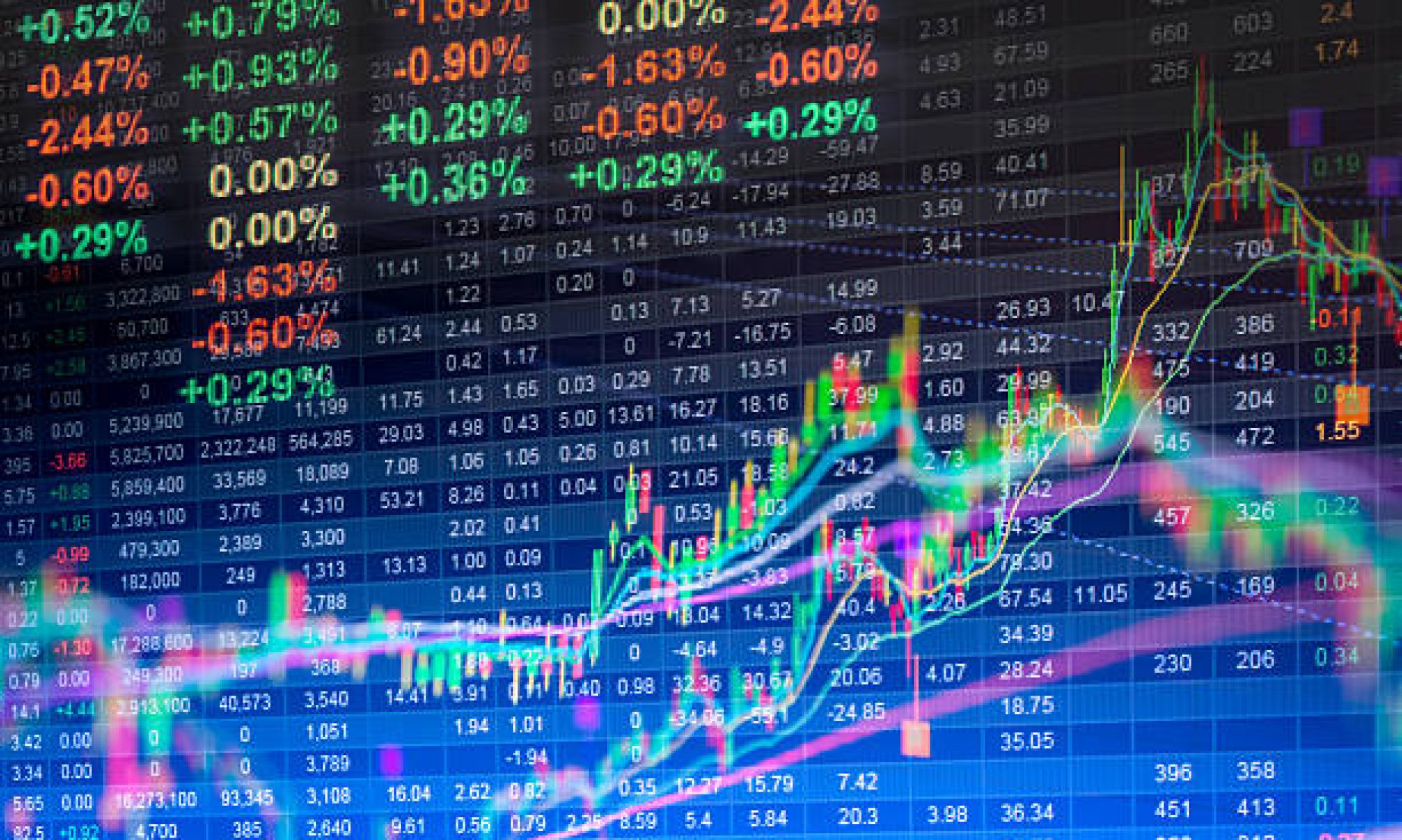Why do moving averages “lag”?
To be completely honest, they do not lag.
Well, not entirely. If you don’t fully understand the calculation for a simple moving average, then you will make the mistake that many do by saying “they lag”.
When using a moving average many investors make a critical mistake. They look at the historical plot and they see these curves in the averages that happen after the stock has already turned. Because of this they say “they lag”.

This is Apple on a weekly chart as of Christmas week of 2020.
The orange line is a 13 period simple average and the green is a 10 period simple average.
The arrows marks the week of the “turn” of the moving average accompanied by the values for that given day.
The way a calculation such as an average works uses every point included in the series including the most current. This would then make the value at the “point” a Current Cumulative Indicator. However, since it accumulates numbers and drops the oldest in the series to acquire the most recent. This means that any changes are slow to appear. It generally takes between ½ – 2/3 the time of the series for the older lower/higher data to be removed and the newer lower/higher to begin to impact the calculation. So, in the case of a 10 period average, it will take between 5 – 7 periods until you see the “turn”. In this case, week seven the calculation reflects the high mark.
As for the 13 period average, it took 10 weeks to reach the high point.
This, I will not argue is a “lag”.
BUT
Average should not be used to search out “turns”.
They should be used for indicating the average price of the last X periods. With proper use, they are current.
This information, when related to price, informs the investor if the prices are above or below the average.
Of course, above the average is bullish and below is bearish.
However, using averages and average cross-overs for changing direction is in my opinion rather hazardous. You would use a market model to help you with that information.
What is a market model you ask?
That is very good question and one that I will expand on in the follow on post.
Summary:
It is important for investors to recognize that averages are current indicators when viewed properly, at the most recent data point. Yet when improperly used, they don’t work. All an average truly is for is to show you where the current price is in relation to the a series of prices based on the time period you select.
Is it trading higher/lower than the average? Now you have the beginning of an inside look into what is happening under the hood of the prices.
What is the big deal behind the golden cross or the death cross?
So, if I am saying that the crossovers should not be used. Then why does the main stream media discuss the golden and death crosses?
That is a very good question.
Once upon a time, nearly 100 years ago, the markets moved slowly. Changes in prices in the markets were slow to occur. We didn’t have 1000 point days in the main index. Back then, many would use a 50 period average and a 200 period average to indicate change in market direction.
The 50 day average, theoretically represents a single financial quarter worth of prices and the 200 day average theoretically represents one year of prices.
I am not going to get on a soap box about the math. I would like to point out however, 5 days * 12 weeks = 60, and 60 * 4 quarters = 240. Perhaps we had more holidays once upon a time.
Currently, with the media making a big deal over the death cross when the market corrects itself, this is can be interrupted as a marker of being “near bottom” since it is so slow.
While many investors treat these two numbers as being “gospel according to prices”, it truly only reflects that the current quarterly prices are lower than the yearly prices. Traditionally in the slower markets, this could represent “stagnation” in the markets or the economy as they prices decline due to lower earnings compared to a year ago.
Yet, in a fast correction which is not taking into account earnings of the corporations but reacting to “bubble” events. The price recovery can end up being as quick and we will go from a death cross to a golden cross within a month or two, as seen in 2020. It would not be the “slow” event it once was.
Summary:
Golden and Death crosses when stock value is accurately trading based on true economic indicators and earnings evaluation would indicate stagnation and value loss.
However, when reacting to a “bubble” scenario, they are an inaccurate indicator of the market as a entirety and only represent the emotional roller coaster of investor sentiment.
